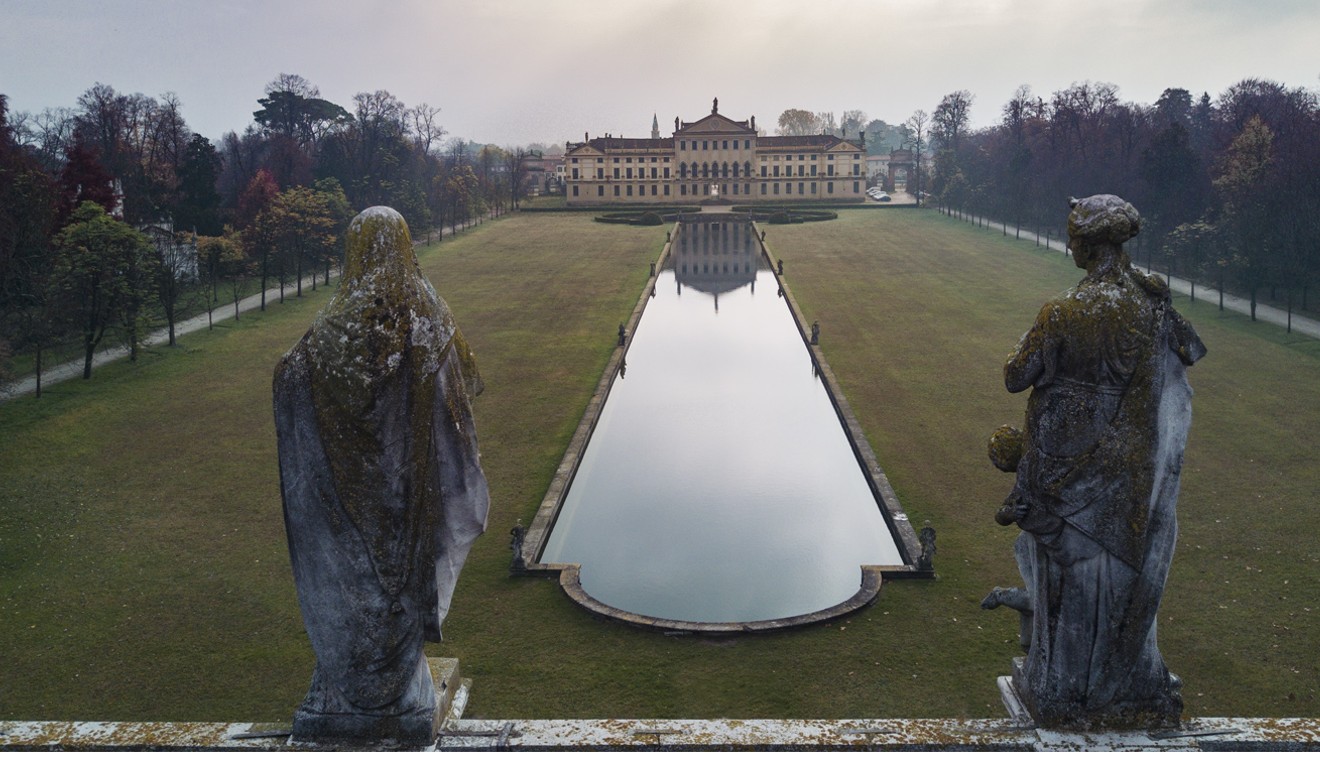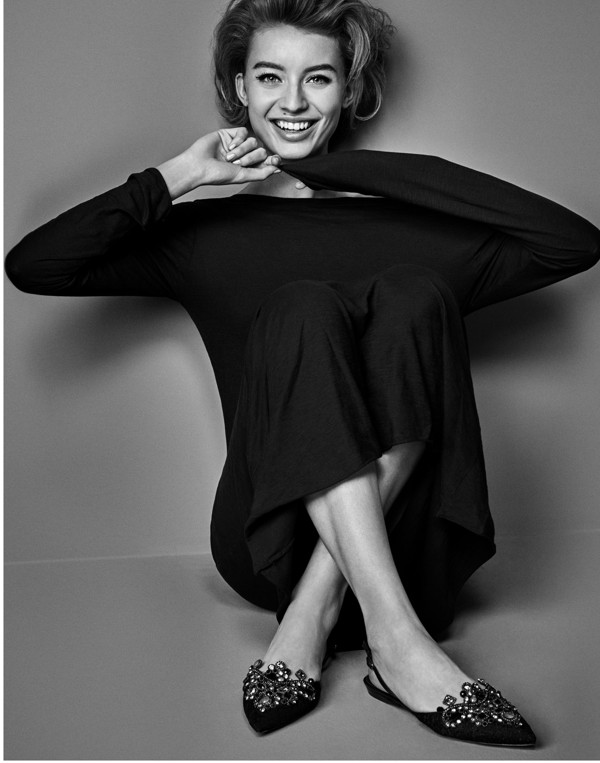
Why luxury shoe brand Rene Caovilla is a hit in China, without even trying
It’s all about exclusivity, says founder’s grandson and creative director Edoardo Caovilla, who isn’t tempted to capitalise on the Italian brand’s success by reaching out to the mass market
At the touch of a button, the Venetian-style wall panels of the meeting room open to reveal a glittering showcase – rows upon rows of Rene Caovilla shoes. “OK, it’s a little bit James Bond, but it’s impressive, no?” smiles Edoardo Caovilla, grandson of the founder of the 89-year-old luxury shoe brand.
On one side of the room is the current collection, all with glittery silver soles, while the other side opens up to a treasure trove of archive pieces from the 1930s through to the 2000s.
The Caovilla brand was making shoes for the likes of Valentino, Christian Dior, Ralph Lauren and Chanel decades ago, some of these items still holding their own among an archive collection that would quicken the heartbeat of any shoe collector.
“We are unique. Rene Caovilla is the only Venetian luxury brand … started in 1928 – we are the oldest luxury shoe brand still alive today,” says 41 year-old Caovilla.
Over decades, the brand’s high-quality footwear has maintained a dreamy quality, and luxury pricing. Caovilla shoes are a favourite of celebrities, worn by the likes of Gigi Hadid, Rihanna, Jennifer Lopez and Kate Beckinsale. In China, one of Rene Caovilla’s major markets, celebrities such as Yao Chen, Shu Qi and Ming Xi are fans.
Evolution has been key to raising the profile of the once sleepy brand. While there have been rumblings of a global luxury downturn, sales of Rene Caovilla shoes, with prices starting at around US$850 (HK$6,630), have jumped since Edoardo Caovilla joined the company in 2009. Then, annual sales were US$10 million; this year the brand expects sales of around US$60 million, and Caovilla, as Business of Fashion recently reported, wants annual revenue of US$100 million in five years. He took on the role of creative director in 2013.
Shoe designer Gianvito Rossi on how he keeps Hong Kong women one step ahead
Since its beginnings the label has been run by the Caovilla family. Even in Italy, where family names get a long run in fashion, an uninterrupted legacy 89 years long is rare.


Five OTT Star Wars collectibles to splurge on
The chic, monochrome and decidedly “cool girl” imagery of the label’s advertising campaign to promote its autumn/winter 2017 lines reflect a new attitude, as do slick renderings of store redesigns planned to roll out soon.
These are changes made possible by the brand’s soaring sales in the past four years, which have been driven in part by an eager Chinese market.
“Among those boutique [luxury shoe] brands… we are proud to be among the top to sell out in a place like Lane Crawford in China,” says Caovilla. I’d heard of the brand years ago from an ex-Lane Crawford employee who raved about how this “really expensive”, little known, Venetian shoe label had suddenly turned into one of their top performers.
Caovilla won’t divulge exact numbers but says sales per square metre in Rene Caovilla stores are now “very, very high”. There are six stores in Europe, with openings planned in China in 2018 and 2019.
The brand became known for its exquisitely embellished and bejewelled evening shoes, but today wants to dress the global woman from morning till night. To that end, Caovilla introduced more flats, trainers and tough combat boots (with bling, of course).

You can still find popular staples like the Snake heel (which lends its image to the house logo) and the reissue of vintage styles, such as the long sock boot – if you think Demna Gvasalia at Balenciaga is responsible for this hot fashion trend, think again; Rene Caovilla was doing this back in the 1990s.
“The Chinese market surprised me the most,” he says, citing the brand’s stratospheric growth there despite the fact that, as he says, “I didn’t put even one euro into advertising there, and we didn’t go there with a monobrand store, which is usually the way you enter a market.”
10 looks to add sparkle to your party outfits this Christmas
Even without much PR and marketing, Caovilla says that Chinese clients “instinctively understand our values and quality”. In response, Rene Caovilla opened an official WeChat channel and Chinese e-commerce is in development. Despite the recent rise in sales and current expansion, Caovilla says he won’t be casting the net too wide.

“Most of the brands, when they have success, they try to open an umbrella outfit, and move the prices lower to get mass markets,” he says, “but we won’t do this. Rene Caovilla has always been a game for a few people, for select customers.”
Caovilla is a realist. He knows that his clients’ closets are already bursting and a pair of new Caovillas isn’t a necessary purchase. So why buy a pair?
“If you buy something new, it should have two things: one, it should make you feel something emotionally; and secondly, understanding what you are paying for reflects the quality of the product, heritage and tradition… I think we offer both.”

